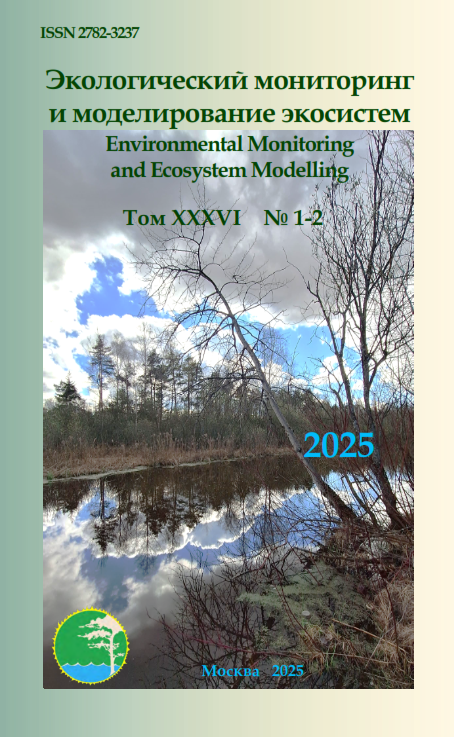On the issue of an objective assessment of pollutant emissions reduction within the framework of the implementation of the "Clean Air" federal project
Keywords:
Environmental monitoring, priority pollutant, technological process, technical solution, air emission, quoting methodology, quoting result, effective mass, calculation.Abstract
The article proposes an approach to assessing parameters of
reducing emissions of priority pollutants, taking into account the reduced mass of
these substances. The study is relevant of the study due to objective difficulties in
setting quotas for pollutant emissions and evaluating results achieved as part of
regulatory experiments run within the framework of the “Clean Air” federal
project. Authors show that quotas are set not considering (1) key features of
technological processes and characteristic (marker) pollutants; and
(2) technological and technical opportunities to achieve the targets. Contributions
of various installations to emissions of specific substances is also not thoroughly
considered. Authors suggest calculating the effective mass of pollutants based on
their relative danger, using carbon monoxide as a “reference” pollutant. They
propose calculation formulas for determining: (1) the initial effective mass of
emissions, (2) the reduced mass in the reporting year, and (3) the achieved
reduction in pollutant emissions. As an example, the article considers results of the
projects implemented by the installation running chemical technology based
production processes. Authors show that taking into account the effective mass and
including marker pollutants, characteristic for production processes, in the list of
assessed substances, allows to conclude that the negative environmental impact has
been significantly reduced (emissions have been decreased by about 45%). Based
on the research, authors propose considering the effective mass of these substances
when assessing the achievement of targets for reducing pollutant emissions as part
of an experiment on their quoting. This approach allows to: (1) differentiate
emissions, considering the relative danger of chemicals; (2) more objectively assess
the negative environmental impacts caused by emissions of individual substances and
total emission loads in the cities participating in the experiment; and (3) to
purposefully develop action programmes aimed at achieving reduction targets set for
industrial enterprises. Authors suggest in the future, using the proposed approach to
improve the methodology for setting quotas for pollutants within the framework of
the widened “Clean Air” project, taking into account contributions of specific
installations in terms of releases of priority substances and availabilities to implement
technological and technical solutions to reduce emissions.

